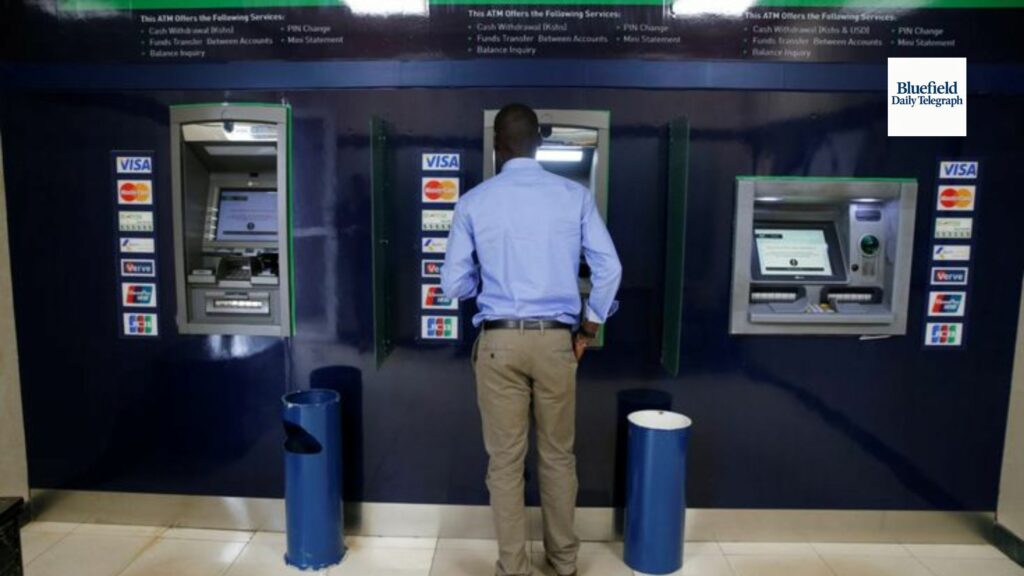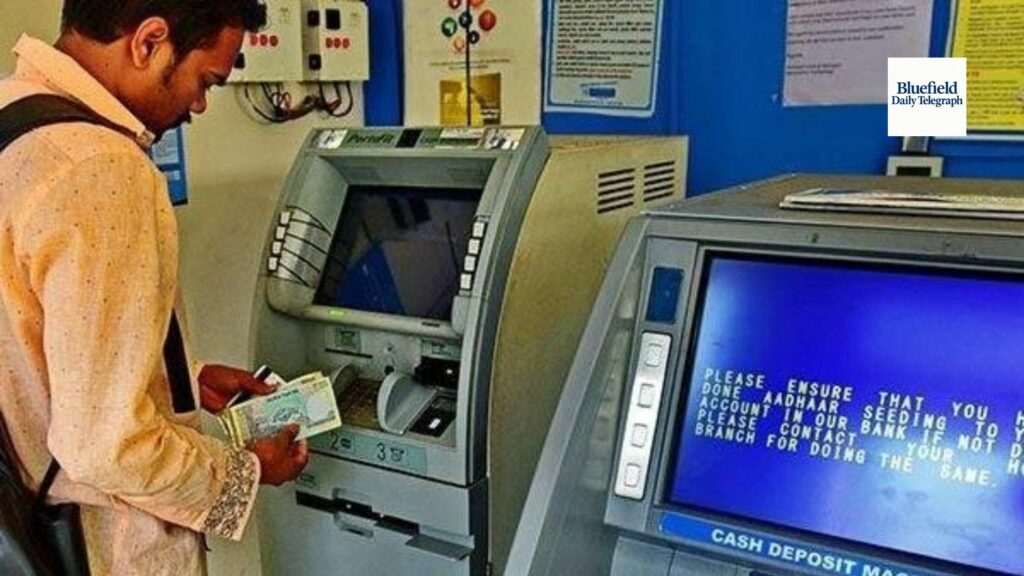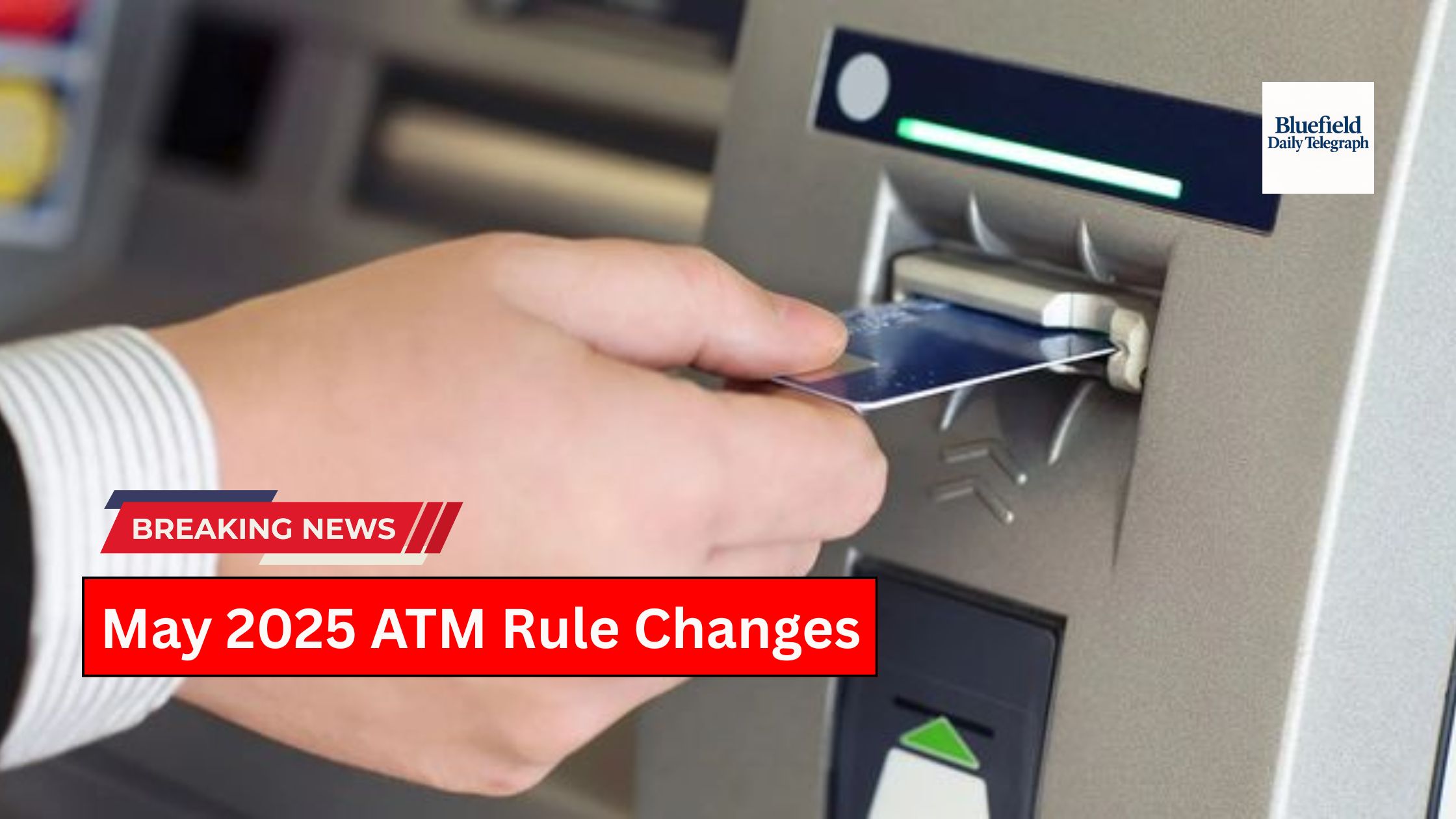Many people in India use ATMs every day to withdraw money or check their bank balance. But starting May 1, 2025, there are going to be new ATM rules. These rules will make withdrawing money or checking your balance so RBI Approves Higher ATM Charges—especially when you use an ATM that does not belong to your own bank. Let’s understand the new charges and what it means for you.
What Are the New ATM Charges Starting May 1, 2025?
From May 1, 2025, the charges for using an ATM after the free limit will increase:
- Cash withdrawal from another bank’s ATM will now cost ₹19 instead of ₹17.
- Balance check at another bank’s ATM will now cost ₹9 instead of ₹7.
So, if you often withdraw cash or check your balance at a different bank’s ATM, your monthly expenses might go up.
Free ATM Limits in Metro and Non-Metro Cities

Banks allow a few free ATM transactions every month:
- In Metro Cities: 5 free transactions (including cash withdrawal and balance enquiry) at other banks’ ATMs.
- In Non-Metro Cities: 3 free transactions per month.
If you go beyond these limits, you will have to pay the new, increased charges.
Why Are Higher ATM Charges?
ATM service providers and white-label ATM companies (those that run ATMs but do not belong to a bank) are spending more on maintenance and operation. To manage their higher costs, they requested an increase in interchange fees (the amount paid between banks when an ATM of another bank is used).
This request was supported by the National Payments Corporation of India (NPCI) and approved by the Reserve Bank of India (RBI). That’s why ATM charges are now going up for customers as well.
What is an Interchange Fee?
An interchange fee is a small fee that one bank pays another when its customer uses a different bank’s ATM. For example, if you are an SBI customer and you use an HDFC ATM, SBI pays HDFC a small fee. Now that fee is going up, and some of that extra cost will be passed on to you.
How Will These New Charges Affect You?
If you usually withdraw cash from your own bank’s ATM, you don’t need to worry much. But if you often use other banks’ ATMs, especially after the free limit, then your expenses will increase.
Also, banks that don’t have many ATMs will be affected more. Their customers will likely end up paying more charges because they’ll need to use ATMs of other banks more often.
Use Digital Payments to Avoid Extra Charges
To save money, try to:
- Use UPI, mobile banking, or internet banking for payments and transfers.
- Visit your own bank’s ATM to withdraw cash.
- Avoid checking balance or mini statements at other banks’ ATMs.
Digital payments are not only free, but they’re also fast and convenient.
SBI Has Already Changed Charges from February 1, 2025

The State Bank of India (SBI), which is India’s largest public bank, has already made changes to ATM charges for its customers. These rules have been in place since February 1, 2025.
Now, from May 1, 2025, all banks across India will follow the new RBI-approved charges.
Conclusion
From May 1, 2025, withdrawing money and checking your balance at an ATM of another bank will Charge Higher ATM Charges. The charges are increasing because ATM service providers are spending more to run their machines. To avoid paying extra, try using your own bank’s ATM or go for digital payment options like UPI and online banking. These are safer, faster, and cost nothing. Make sure to plan your ATM usage smartly, so you don’t spend more than you need to!
FAQ’S
1. What are the new ATM charges from May 1, 2025?
From May 1, 2025, cash withdrawals at other bank ATMs after the free limit will cost ₹19 instead of ₹17, and balance checks will cost ₹9 instead of ₹7.
2. How many free ATM transactions are allowed per month?
You get 5 free ATM transactions per month in metro cities and 3 in non-metro cities at other bank ATMs. After that, charges will apply.
3. Why are ATM charges increasing in 2025?
ATM charges are rising due to higher maintenance and operating costs. ATM providers requested an increase in interchange fees, which the RBI has approved.

